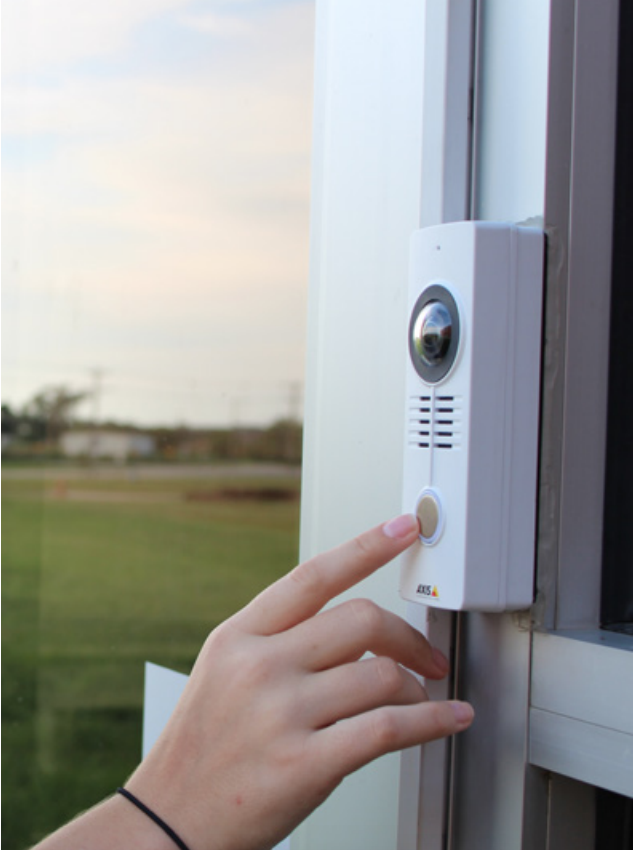School Security
Story by Khloe Crawshaw »
This year, Eudora Schools has changed the number of safety drills that are practiced throughout the year. Instead of having monthly fire drills, three tornado drills, and one lockdown drill, EHS will be reducing the number of fire drills to four, keeping the three tornado drills, and will add nine new drills called ‘crisis drills’. Crisis drills will be similar to lockdown drills in the past, but will hopefully prepare students for a multitude of additional unexpected scenarios.
Eudora High School, Vice Principal Joe Zlatnik thinks that the change is good for students and staff alike. The reductions in the number of other drills can help keep time available for teachers to continue educating students without needing to shorten class.
Both Zlatnik and Principal Ron Abel took the time to carefully outline the school’s priorities.
“Educating kids is number one… we want to eliminate distractions during these times,” Zlatnik said. Often, drills have to help convey how a real situation would occur, and that usually means disrupting class time, pulling students away from time to work with teachers for help, or using that last five minutes to ask a question instead of another drill.
A crisis drill is similar to a lockdown scenario, but, as the name implies, this kind of drill can help prepare students for more than one situation. Anything from a medical emergency to a gas leak in the school, falls under the umbrella of a crisis drill.
“It used to be that teachers would lock the doors and turn out the lights. It is not that that is wrong, but, there is now a new choice and option,” said Abel. What was previously done as lockdown drills had aspects that will still be implemented, but won’t be the main focus of the drills.
Obviously, some students will assume that the increase is related to the number school shootings that occurred last year. That was one of the reasons that the Kansas Legislature decided to change the state requirements early last July, but Zlatnik and Abel don’t want the drills to cause students and parents to dwell unnecessarily on the topic. The reason the crisis drills are not being called active shooter drills is an effort to recognize and reduce the emotional toll it could take on students.
“When you look at school shootings in the news, there’s been a lot of talk about unprepared kids,” Zlatnik said. He believes that the state made a good choice on adding the new drills.
“The state acted. They wanted to help schools and [get] students more prepared,” said Zlatnik.








